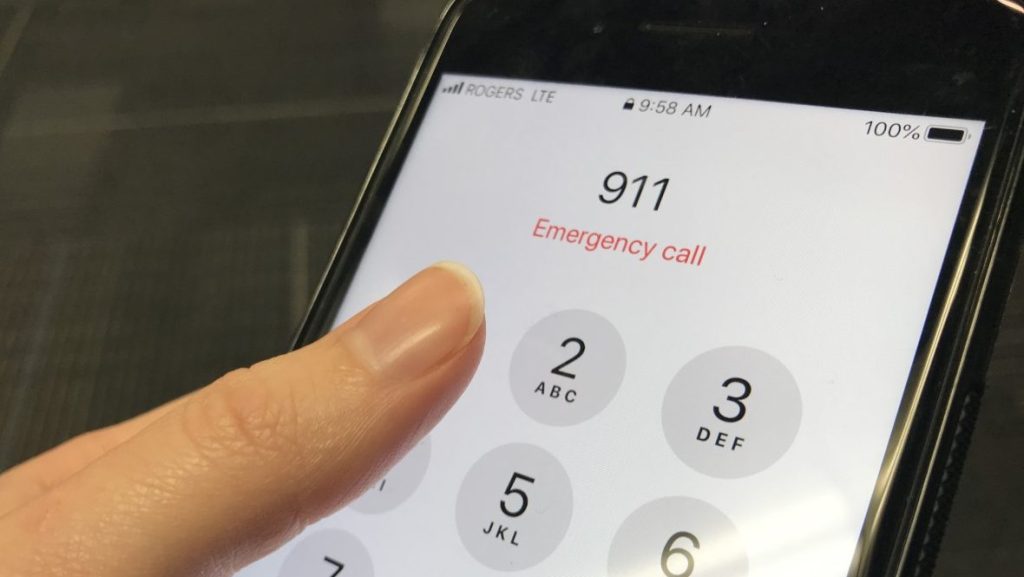Vancouver police data on stranger attacks raises questions, criticism
Posted October 21, 2021 8:15 pm.
Last Updated October 21, 2021 8:16 pm.
Data shared by the Vancouver Police Department on the number of stranger attacks in the city is being called into question, with an expert saying there isn’t enough context and an advocate saying the timing is suspicious.
In a Tweet thread Wednesday, police said they did a “deep dive” into their data after noticing a “what appears to be an uptick” in “random, unprovoked assaults” perpetrated by strangers. Between Sept. 1 of 2020 and Aug. 31 of 2021, there were 1555 of these assaults, involving 1,705 victims, the department says.
“Having confirmed the number of these assaults is alarming, we will be working within our resources to improve public safety,” the final tweet reads.
Over the last few months, we’ve noticed what appears to be an uptick in unprovoked stranger attacks, so we asked our strategic researchers to take a deep dive into the numbers.
What they found is concerning: over four people a day are the target of a random, unprovoked assault.
— Vancouver Police (@VancouverPD) October 20, 2021
Dr. Rylan Simpson, a criminology professor at SFU, says all violent crime is cause for concern and data-driven policy should be pursued.
“One assault, of course, is too many. In a perfect world we wouldn’t see any of these kinds of incidents happening,” he says.
But he thinks the information offered and the way it was communicated leaves crucial questions unanswered.
‘Uptick’ not demonstrated without data from other years: criminologist
First, he points out, that while the department uses the word “uptick,” the data provided doesn’t demonstrate that this type of assault has increased.
“There’s no comparison unit, where this data was actually compared and analyzed in the context of another year,” he explains.
“From that perspective, it’s difficult to know if an uptick actually has occurred, and if so, an uptick compared to when. We have to be cautious in not making a generalization, or a conclusion, about changes in the prevalence of this type of incident, without being able to effectively compare it to a different time period.”
CityNews asked the VPD for data on these attacks from previous years.
“The way we ran out stats is different than any other year. So unfortunately we can’t compare them for 2018 and earlier. This, however, is a good starting point.
“Four a day, in my opinion, is high even without a comparison,” a spokesperson wrote in an email.
CityNews also asked the VPD to provide the total number of assaults for this time period, in order to compare the rate of assaults by strangers to cases in which the victim and suspect know one another.
RELATED: 4+ people randomly attacked by someone they don’t know each day, Vancouver police say
Another thing the tweet thread says is “over four people a day are the target of a random, unprovoked assault.” That’s something Simpson says needs clarification.
“Crime is not equally distributed across time, certain types of crime are more likely to happen at certain times of the year, and on certain days of the week,” he explains, adding crime is also not generally evenly distributed throughout cities.
“Crime tends to cluster in certain places, and it’s possible that these assaults may be clustering in similar such places.”
RELATED: Rise in Vancouver stranger sexual assaults prompts questions about prevention
While Simpson commends the department for analyzing the data, he also says the anecdotes and information provided on Twitter should lead people to ask some “important follow-up questions.” Having more context and details, Simpson says, is necessary to develop policies and practices to prevent and respond to these incidents.
Although the VPD says 47 per cent of these attacks “involved weapons,” Simpson says the definition of a weapon is broad. Details about the harm done to the victims in these cases is also not provided.
“How many assaults resulted in serious injuries requiring hospitalization? How many assaults resulted in minor or moderate injuries? How many assaults resulted in little to no physical injury?” Simpson asks.
While police say that 28 per cent of suspects “appeared to be living with mental illness,” Simpson says there’s not a lot of actual information provided about the suspects — including how many have been arrested. In cases where a suspect hasn’t been found, Simpson says it’s impossible to understand motive or know for sure that there was no prior relationship.
Advocate says timing raises ‘suspicion’
Tonye Aganaba, a community organizer with the Defund 604 Network, is also concerned that these numbers have been released for only one year. Like Simpson, they say news of anyone being victimized is concerning.
“I do not want to minimize the experience that people are having of stranger assaults,” they say.
But for them, the timing is questionable, given that the police budget will soon be set.
“There’s definitely a level of suspicion that I have. I wonder if this information is being shared right now as we go into those budget conversations so that the police can really validate themselves and their position — and the idea that they might need more money.”
The network, as part of the broader movement, to defund the police, advocates for police budgets to be decreased and the funding reallocated to community and social services, and invested in meeting people’s basic needs like food and housing.
The VPD’s mention of mental health issues is something Aganaba says points to crime as a complex, social problem that can’t be solved by police alone.
“Violence doesn’t appear out of nowhere, it’s not in a vacuum. People who are experiencing violence that violence or perpetrating violence against other people, usually, it’s coming from somewhere,” they say.
“I think really it’s about focusing our energy, our intention, our funding on making sure that we’re addressing the root causes.”








